The United States was the first country where Jews received equal rights. George Washington embraced Jews as citizens and prominent Jews earned a place in every field of American success.
Yet Jews in America often faced brutal sweatshop conditions, assimilationist pressure, antisemitic regulations, and even lynchings. So how did American Jews find a home in a land so full of contradictions?
America’s first Jews
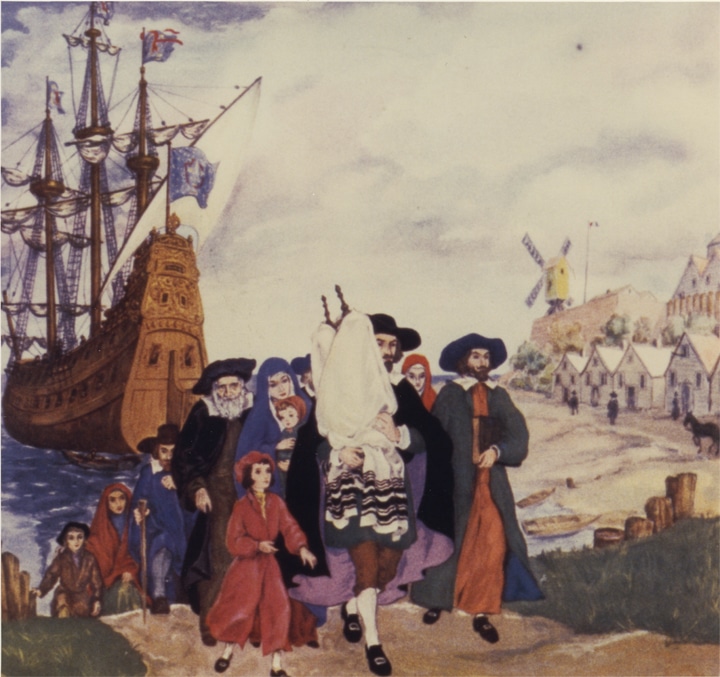
The first Jews came to the United States before the country even existed. When Portugal drove out the Dutch to reconquer Brazil in 1654, a group of 23 Jews fled to New Amsterdam (Now New York City). Peter Stuyvesant, director general of the colony, tried to ban them, but after three years they were allowed to settle in Manhattan as long as they did not build a synagogue or run for public office.
Increased immigration and a massive shift
In the 18th Century, Jews from Germany and Poland crossed the Atlantic to find a new home and got swept up in the Revolutionary fervor. In light of this support, Washington wrote a letter to the Hebrew Congregation of Providence, Rhode Island stating: “May the children of the stock of Abraham, who dwell in this land, continue to merit and enjoy the good-will of the other inhabitants; while every one shall sit in safety under his own vine and fig-tree, and there shall be none to make him afraid.” The line became so famous, it even features in the musical Hamilton.
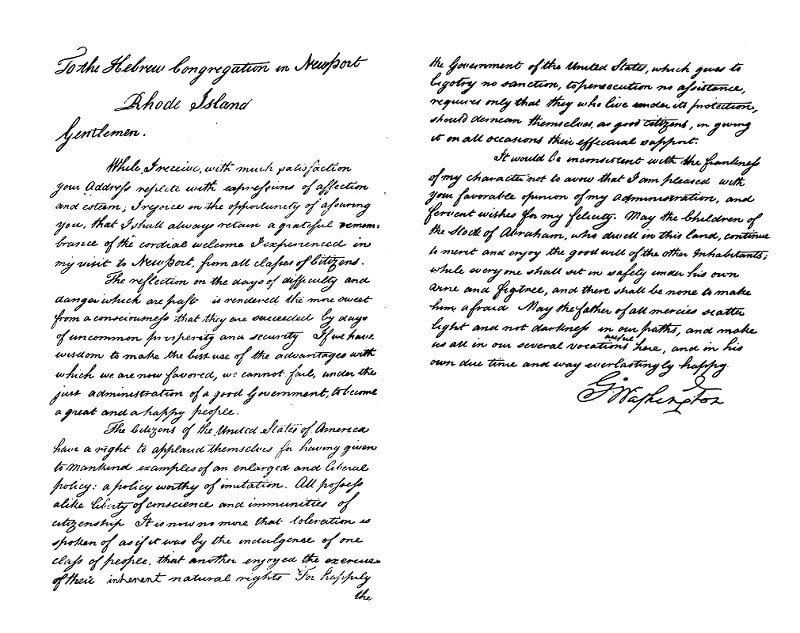
American leaders were not always so welcoming. General Ulysses S. Grant expelled all Jews from his war zone in 1862 on flimsy accusations of war profiteering, despite the fact that Grant’s own father worked with Jewish businessmen. Luckily, Lincoln interceded, saying he did not “like to hear a class or nationality condemned on account of a few sinners.” Grant would later disavow the order and become the first American president to attend the dedication of a synagogue.
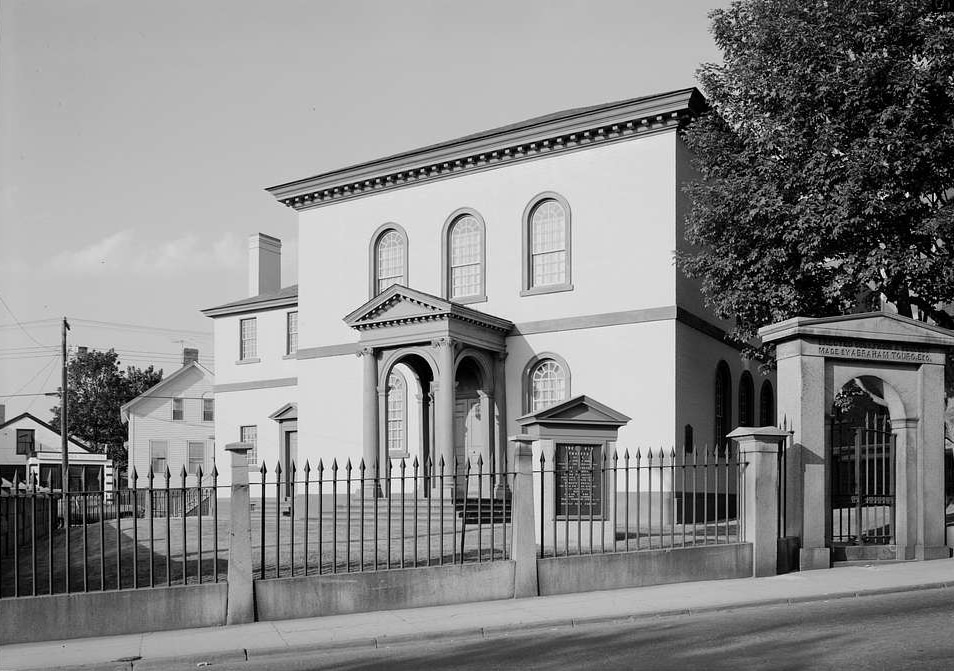
Jewish communities in America flourished as in the mid 1800s. Between 1850 and 1870, the Jewish population increased by more than a thousand percent. Jews like Marcus Goldman and the Lehman Brothers built financial behemoths while Lazarus Straus, founder of Macy’s, Joseph and Lyman Bloomingdale created the first department stores.
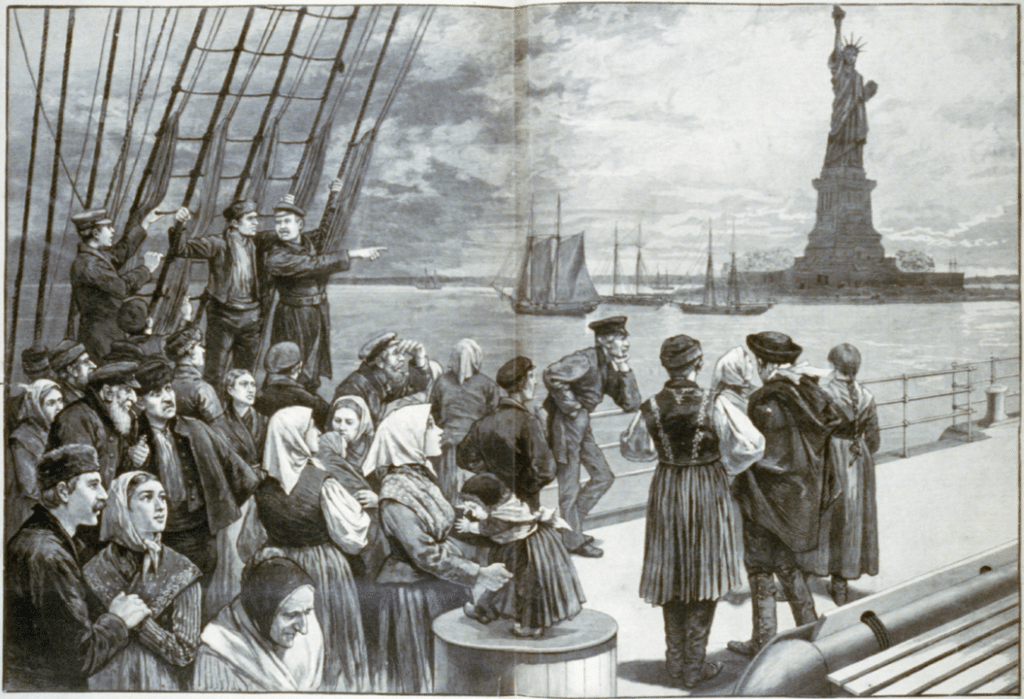
As these men built a vision of Jewish success, the community as a whole experienced a massive shift. The passage of the May Laws in Russia in 1881, and the pogroms that followed, led more than 2.5Russian Jews to flee to America. These Jews became the heart of the textile industry; and the leftist political movements protesting the textile industry.
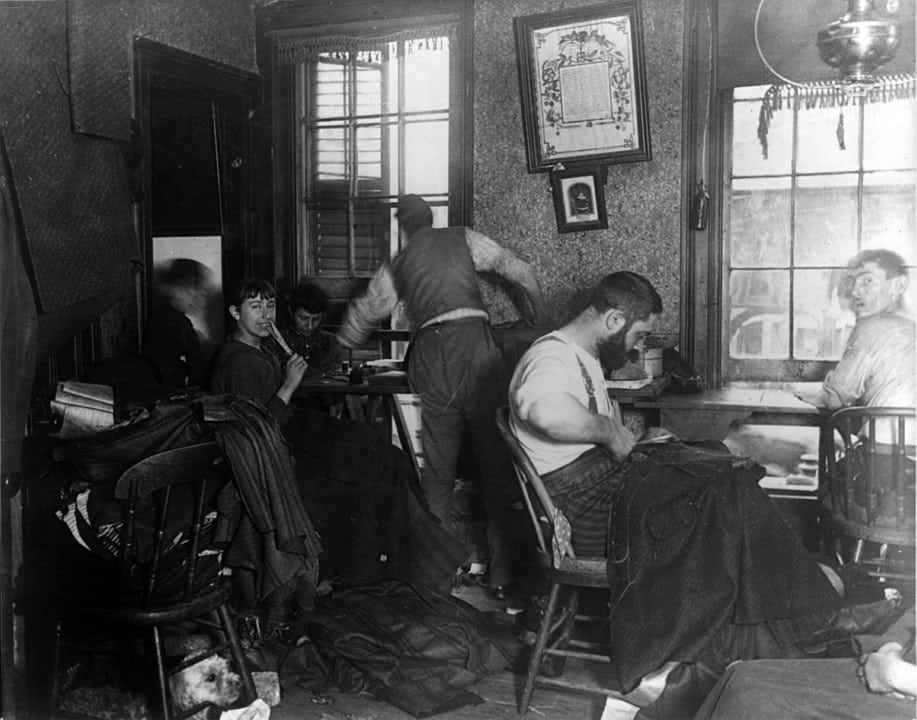
The sweatshops that covered the East Village, and Jewish neighborhoods across the country, were brutal, exhausting places to work even in the best conditions. In the worst conditions, the dry fabric could go up like a tinderbox, as in the famous Triangle Shirtwaist Factory Fire that burned 146 workers to death. These conditions led to protests and leftist social movements as radicals like Emma Goldman and Abraham Cahan forced Americans to confront the brutality of capitalism.
As American Jews shifted the politics and economics of America, they also shifted what it meant to be Jewish. Jews who immigrated tended to be more secular, and many observant Jews described America as the “Treifa Medina,” the unkosher land. While many immigrant Jews did abandon their religion, others built the American Reform Movement.
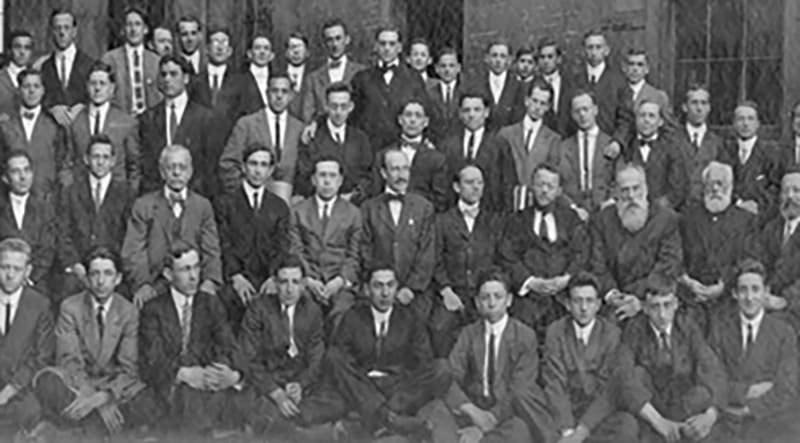
In the 1800s, the movement discarded traditional aspects of Orthodox Judaism as American rabbis declared that rules such as Kashrut were no longer binding. Services were often predominantly in English rather than Hebrew and they emphasized social activism. In 1885, a group of influential rabbis meeting in Pittsburgh declared that Reform Jews only had to follow the Torah’s ethics and not its rituals. These claims caused a schism and led to the creation of Conservative Judaism, which sought to balance Reform and Orthodox approaches. Conservative Jews embraced the rituals of the Torah, but remained open to innovations in Jewish law and often ignored non-Torah sources such as the Talmud. Between them, these two movements came to represent the majority of Jews in the US, developing a distinct understanding of what it means to be religious among American Jews.
Antisemitism in the New World

Though Jews fled to America to escape the suspicion and hatred they faced in Europe, antisemitism proved hard to evade. Jews were often barred from clubs and turned away from hotels, while Harvard and other universities instituted quotas to limit Jewish enrollment. In 1913, this bigotry turned deadly after Leo Frank was convicted of murdering a 13-year-old girl despite an airtight alibi and a confession from another man. When the Governor recognized Frank’s clear innocence and commuted his sentence, a mob stormed the jail, kidnapped Leo Frank, and lynched him from a tree.
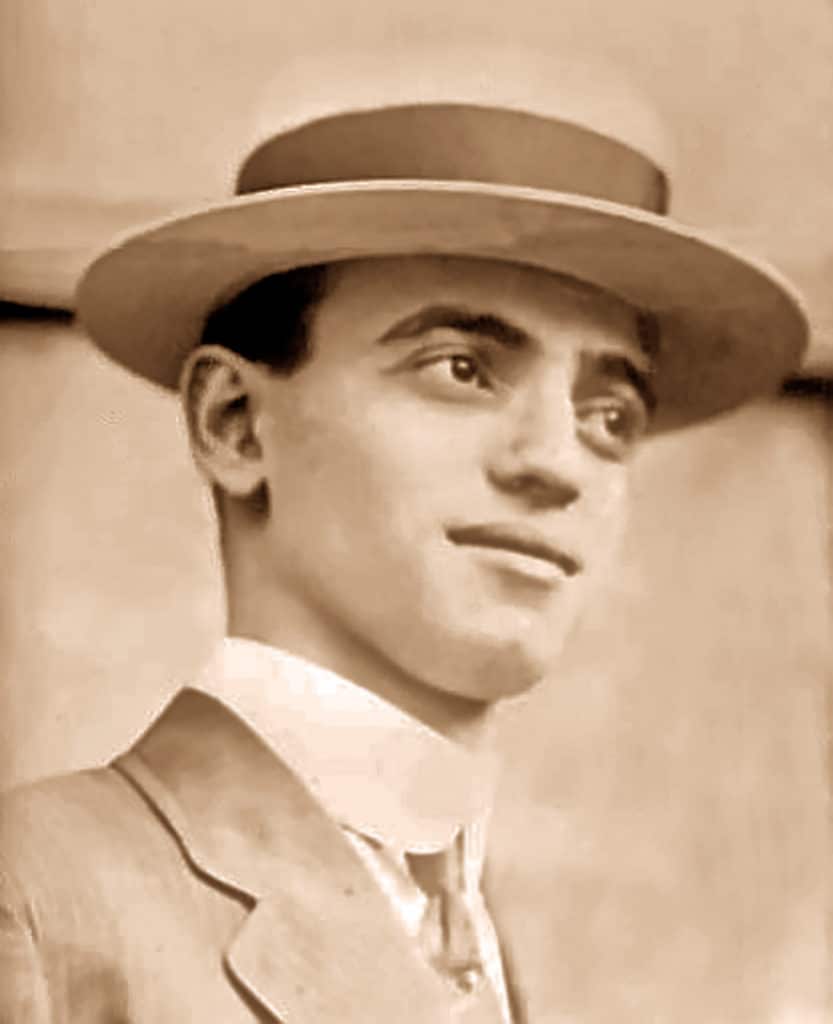
As bigots attacked Jews in America, they also sought to keep them out of the country entirely. This was no fringe movement either. In his Pulitzer Prize winning memoir, Henry Adams, the grandson of John Quincy Adams and a supporter of the Immigration Restriction League, claimed that he wanted to keep out the “furtive Jacoob or Ysaac still reeking of the Ghetto, snarling a weird Yiddish.” The nativists pushed the Johnson-Reed Act through Congress in 1924, severely constricted immigration of Jews from Eastern Europe while banning immigrants from some Asian and African countries entirely.
The Johnson-Reed Act remained in place for 40 years and turned the rush of Jewish immigrants into a trickle, yet Jews who were already in the country, or who made it through the barriers, managed to thrive. They continued to suffer antisemitism, particularly with the rise of the American Fascist Party in the 1930s, but they knitted their communities inextricably into the American quilt.
Jews became a force in Hollywood, writing films like Citizen Kane and Sunset Boulevard, and founding studios like Universal Studios and Paramount Pictures. They pushed to eliminate the quota systems and collaborated with icons like Martin Luther King to fight for Civil Rights. They built careers across the arts, medicine, science, music, and law. While America is far from perfect, it has become the second largest homeland for Jews in their long history, igniting a Golden Age that rivals even the great Jewish communities of the past.
